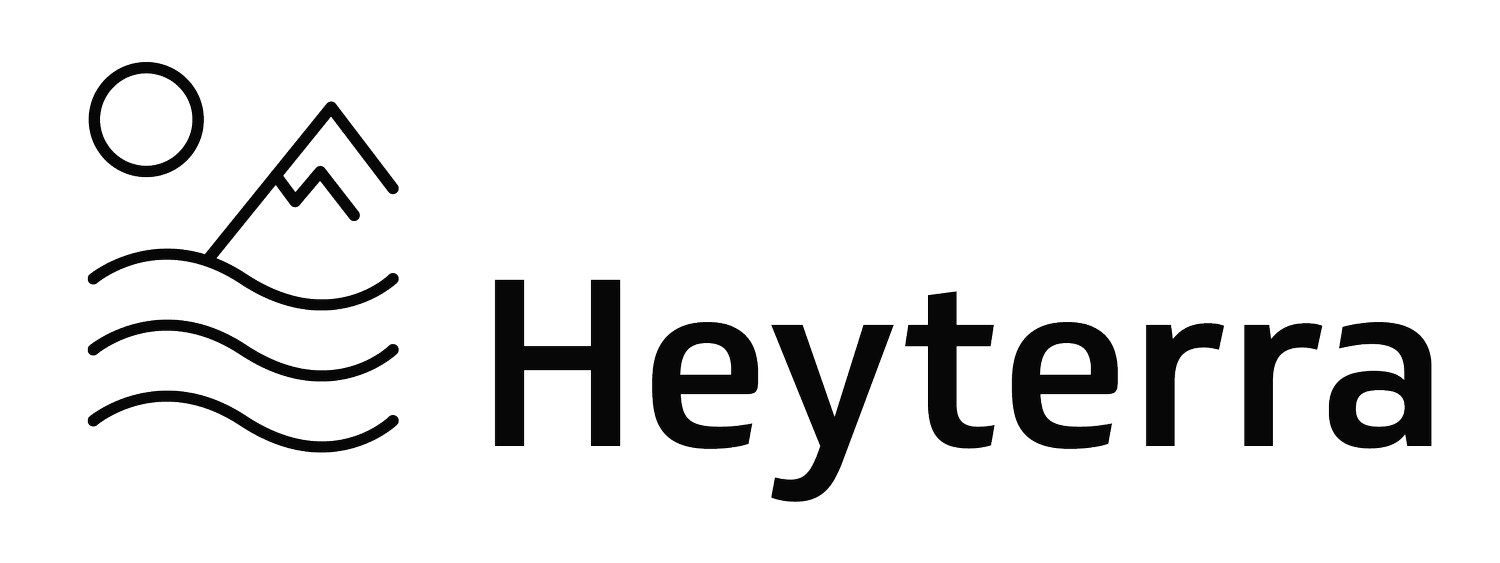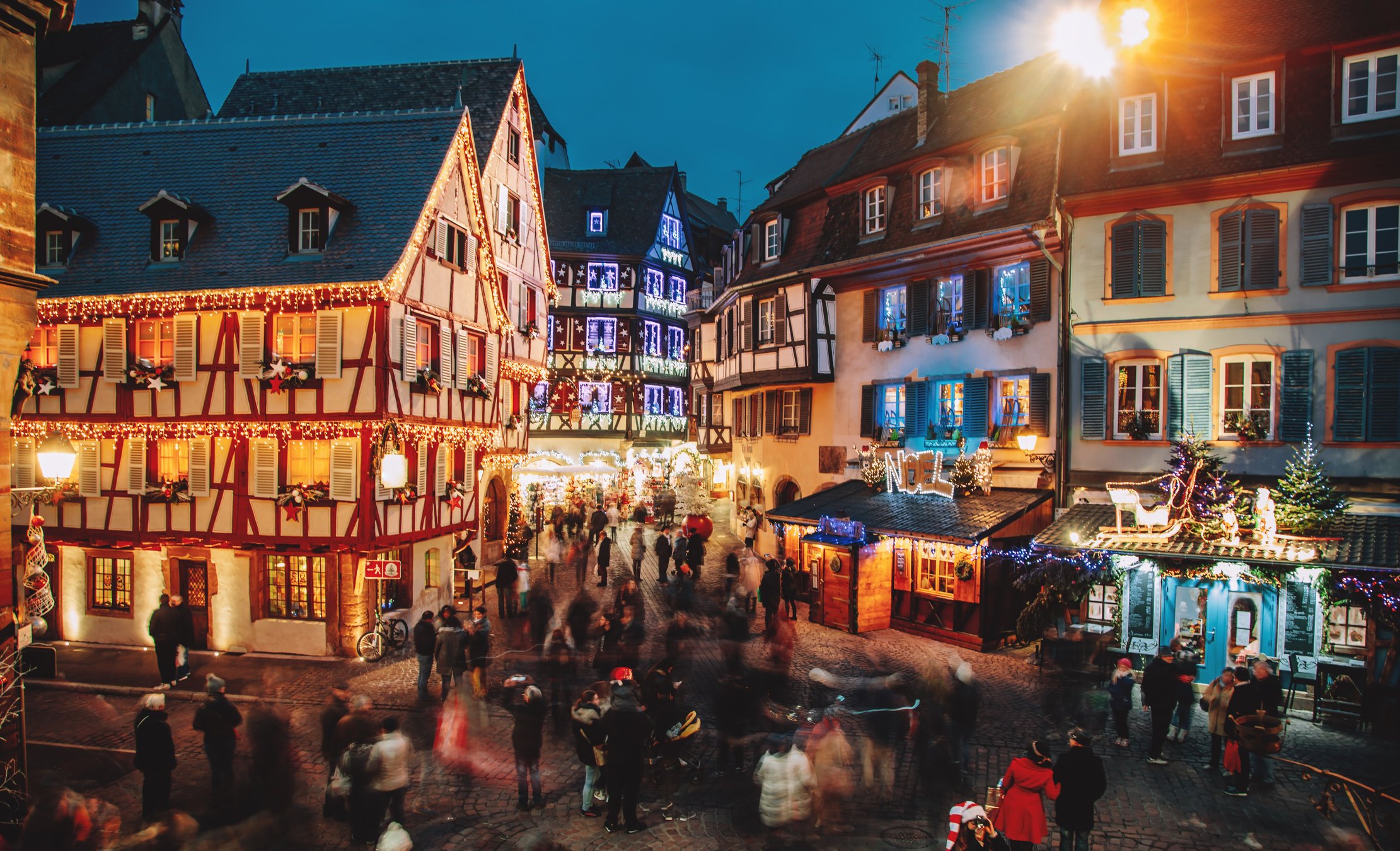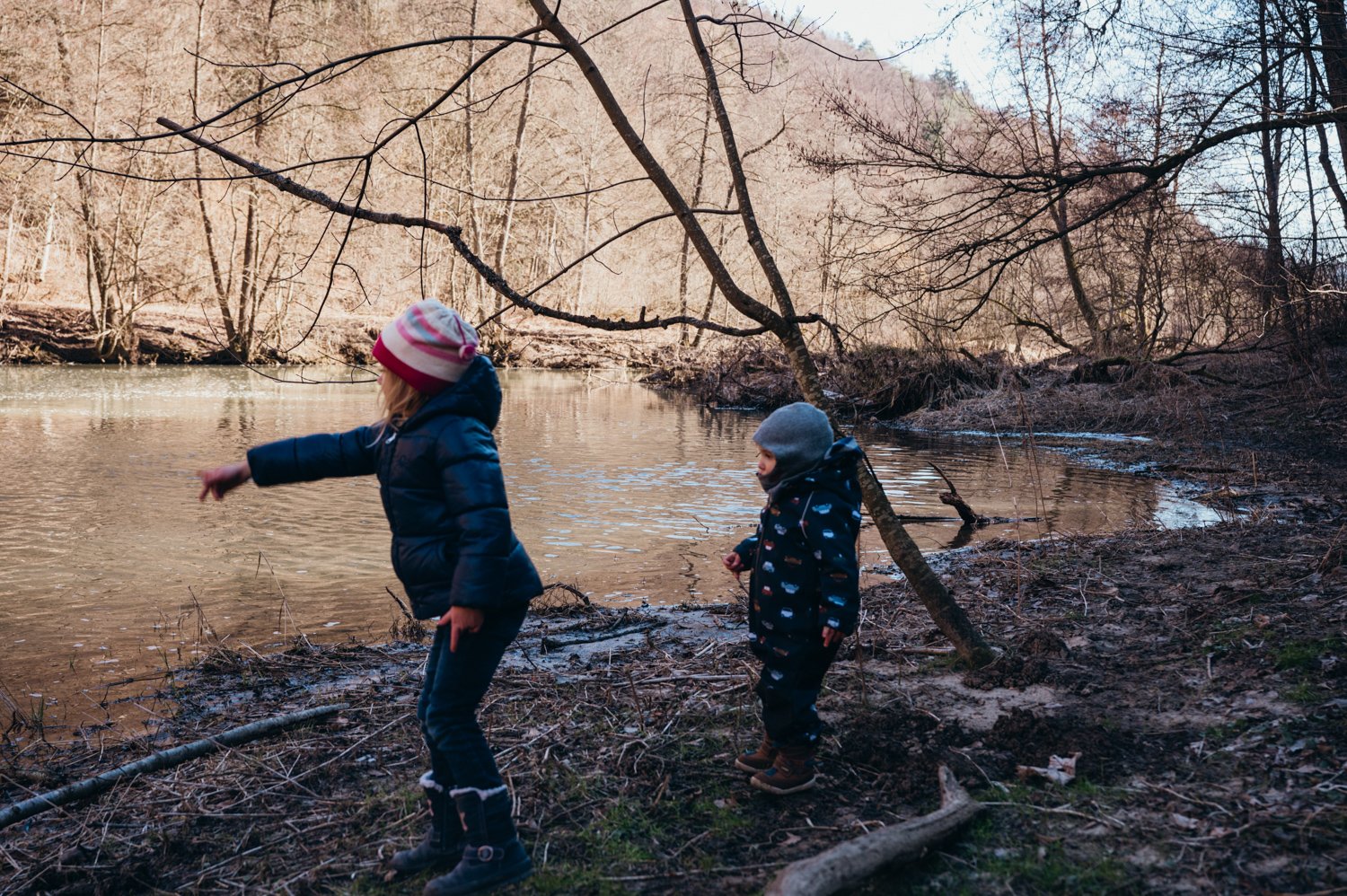Five Reasons to Fall in Love with Slow Train Travel this Season
London-based Byway builds flight-free itineraries around the lesser-known corners of UK and Europe, reclaiming our love for the scenic route while leaving lighter tracks.
This winter, we’re all about slower types of travel.
This might mean staying closer to home, taking a family road trip, or even searching out a local mountain that’s being reclaimed for skiing, boarding and sledding. Plus, with sky-high airfare and families watching their wallets this year, traveling farther afield may have to wait. This is where Byway comes in. Byway offers artfully designed itineraries that include only ground (and water) transportation and rely on as many sustainably minded partners as possible. We are so excited to add this unique outfit to our growing collection of responsible travel tools. As a London-based company, Byway only operates within the UK and Europe for now, but if you don’t live here or can’t partake, they can also serve as an amazing model to aspire to for travelers all around the world. So, without further ado, let us break down for you everything we love about them:
Their holistic approach to sustainability
Byway was conceived and built around the goal of sustainability. Their flight-free itineraries are just the tip of the iceberg. From their hard-won B Corp certification to a referral program that contributes to the rewilding of the Scottish Highlands, they are truly committed to this mission. Not only do they prioritize the transport mode and accommodation site with the least environmental impact for their customers, but they also implement sustainable business practices internally down to the way they store their data.
Their whimsical yet thorough trip plans
No matter how much we care about the planet, it’s still hard to find time to sit down and plan out the ultimate responsible trip of our dreams. Byway takes care of this step in such a fun and simple way. The user-friendly trip builder starts on their home page and walks visitors through a quick list of filters. It’s as easy as deciding on one or more destinations, choosing a couple “experience types” and ticking a few other boxes (including budget range), and voila! Up comes an itinerary full of colorful photos and insider tips sure to get you excited about each stop along the way. Normally, international trip planning involves a painstaking cross-examination of booking engines, travel guides, restaurant reviews, currency exchange rates, calendars, etc. etc. With Byway, it’s all laid out for you on one clear, enticing page.
Their fun, flexible travel style
Sustainability aside, there is something to be said for traveling by train, boat, bus, and/or bike, something you just don’t get when you hop from place to place in an airplane. Even if they still run on a timetable, these down-to-earth travel modes feel more connected to real time and give travelers a closer look at local life, rhythm, and beauty. Following a Byway itinerary instills in us a sense of setting out on a treasure hunt, worlds away from the sterile machinery of air travel. Not to mention the fact that boats, bikes, and trains can often get us further off the beaten path and closer to nature – or other remote destinations – than planes and cars ever will. Plus, traveling with Byway gives you the luxury of being able to adjust travel times as needed or reach out to a support team by text message whenever you hit a snag.
Heyterra’s Byway Winter Trip Recs
Ski by Train to Tignes
Christmas Market Breaks through Strasbourg’s Christkindelsmärik
Sleeper Train around Switzerland
Winter Holiday to Northern Italy
Sustainability, Part II
Okay, we mentioned this already, but Byway takes sustainability so seriously that we have to revisit the topic. A quick glance at Byway’s “Inspiration” tab reveals what might at first appear to be a standard range of destinations: Christmas markets, ski holidays, alluring beaches, etc. But dig a little deeper and you will notice that most of their destinations are not “hotspots,” or places that other mainstream travel media over-promote. In fact, the more popular the activity, the more remote the location tends to be. That’s because Byway codes ways of avoiding high-season and over-tourism patterns into their algorithm. In other words, they are actively normalizing slow, shoulder-season, second-city travel in order to spread tourist spending across more local economies and help foster environmental recovery in said “hotspots.” How cool is that?
Byway benefits for family travel
We’ve talked before about all the wonders slow travel works on small minds. But the primarily train-centric itineraries designed by Byway offer their own special kind of magic. Trains show the scenery unfolding just on the other side of the window, allowing kids a front row seat to the landscape as it transforms from one place into another. Slowing down this way means no jet lag, so rhythms stay intact and immune systems don’t take such a toll. Also, multiday trips often involve sleeper trains, an overnight pajama-party experience like no other. And lastly, when parents aren’t stuck behind the wheel of a car and families aren’t spread out on different rows of an airplane, when everyone can sit comfortably and move around as needed, the inner child comes out in all of us and we can experience travel not as a series of stressful transactions but rather the way it should be, as pure joy.














